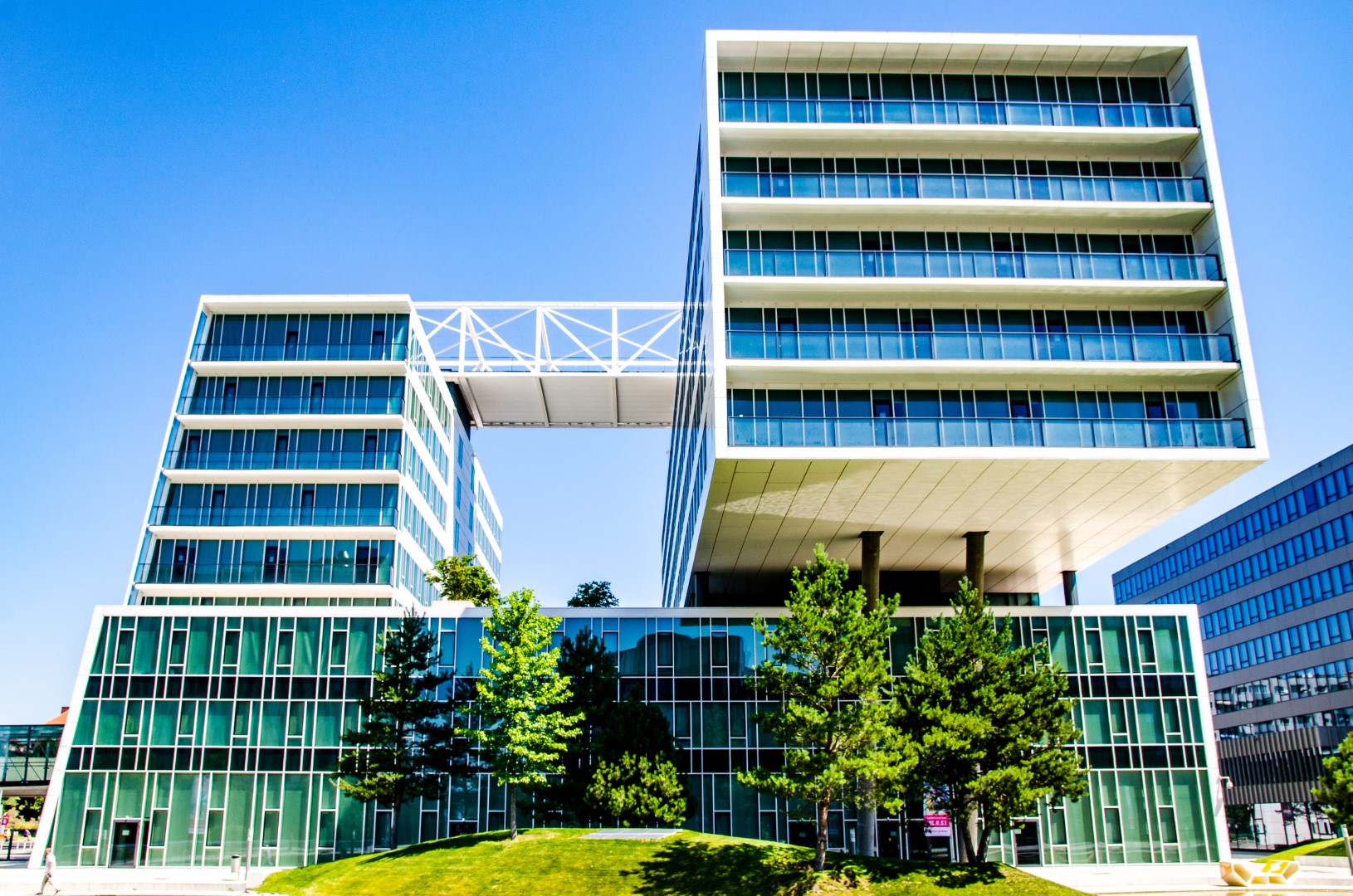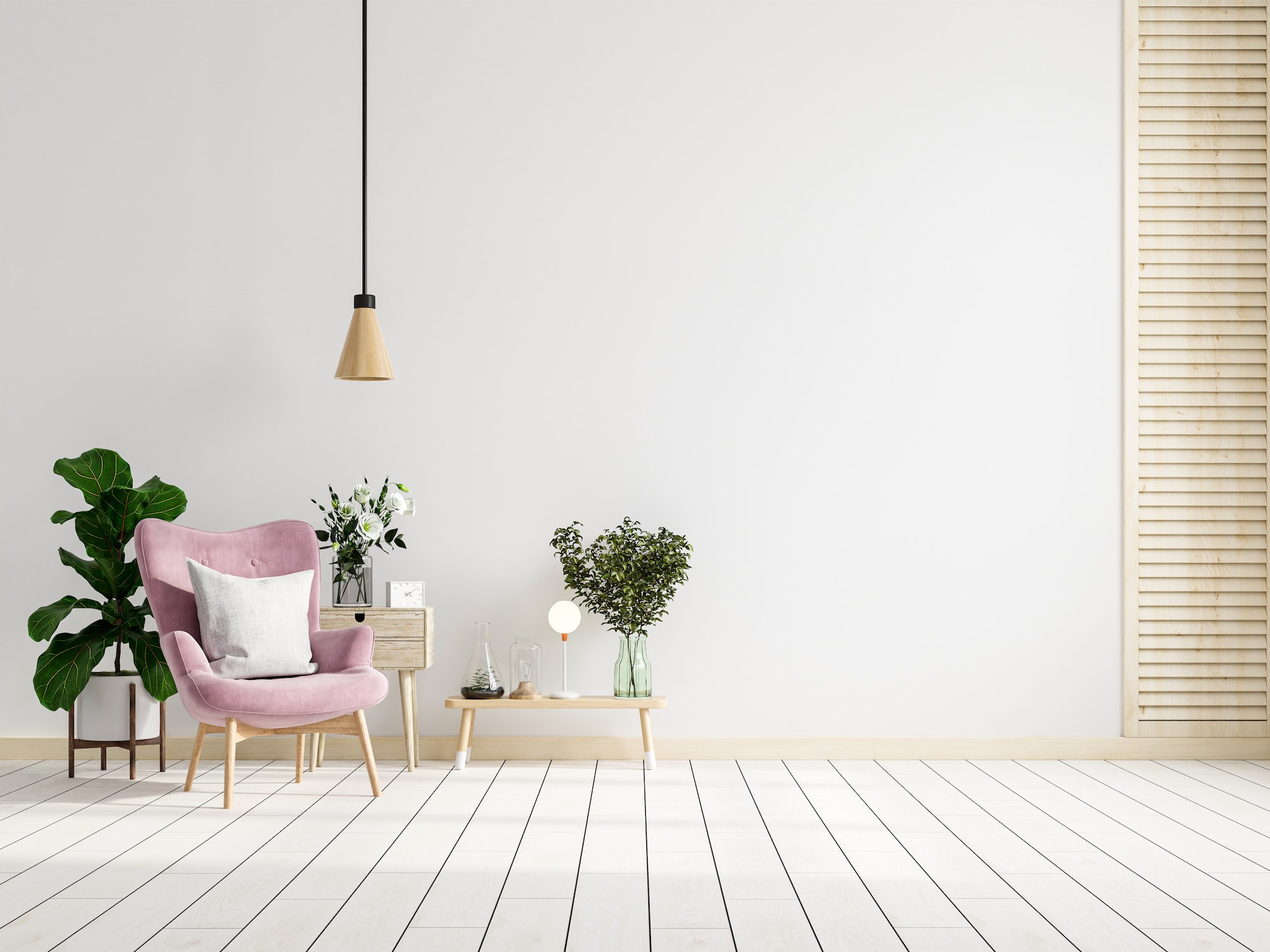Modern architecture is marked by a bold and innovative approach to design, and one material that has played a significant role in shaping the aesthetics and functionality of contemporary structures is sheet metal. With its versatility, durability, and adaptability, sheet metal has become an indispensable component in the architectural palette, allowing architects and designers to push the boundaries of what is possible in construction. In this comprehensive guide, we will explore the myriad applications of fabricated sheet metal in modern architecture, from iconic facades to sustainable innovations.
The Versatility of Sheet Metal in Architecture
Sheet metal’s versatility arises from its ability to be fabricated into a wide range of forms, textures, and finishes. It can be moulded, folded, perforated, and textured to suit a variety of architectural needs. This adaptability makes it suitable for an array of applications in modern architecture:
1. Roofing and Cladding
Sheet metal is commonly used for roofing and cladding in modern architecture. Materials like stainless steel, aluminium, and zinc are popular choices due to their weather resistance and longevity. Metal roofing and cladding provide a sleek and contemporary look to buildings while offering protection from the elements.
2. Facades and Panels
Architectural panels and Steel architectural Encasements are used to create intricate facades and striking building exteriors. Perforated metal panels, in particular, allow for the play of light and shadow, adding depth and texture to the design. These panels are often seen in commercial and institutional buildings.
3. Interiors and Partitioning
Sheet metal is also applied in interior design, particularly for partitioning spaces in commercial and residential buildings. Metal partitions offer both visual interest and functional separation while allowing light and air to flow through.
4. Sustainable Design
Sheet metal is an excellent choice for sustainable architecture. It can be recycled and reused, contributing to eco-friendly building practices. Additionally, its reflectivity can help reduce energy consumption by deflecting heat and light.
5. Artistic Installations
Many modern architectural projects feature artistic elements made from fabricated sheet metal. Sculptures, installations, and decorative features can be created using metal sheets, adding artistic flair to architectural designs.
Iconic Examples of Sheet Metal in Modern Architecture
Numerous iconic structures around the world showcase the stunning and innovative use of fabricated sheet metal:
1. Walt Disney Concert Hall, Los Angeles
Designed by Frank Gehry, this concert hall is renowned for its undulating stainless steel exterior. The metal panels create a visually dynamic facade that reflects the surrounding cityscape.
2. The Guggenheim Museum, Bilbao
Another masterpiece by Frank Gehry, this museum features titanium-clad surfaces that curve and twist, giving the building an otherworldly appearance.
3. The Sage Gateshead, England
This striking contemporary music venue incorporates stainless steel in its design, with perforated metal panels that evoke the appearance of fish scales. The metalwork allows for both aesthetics and acoustic performance.
4. One World Trade Centre, New York
The spire of the One World Trade Centre is adorned with a gleaming stainless steel exterior, symbolizing resilience and rebirth.
Innovations in Sheet Metal Fabrication for Architecture
Advancements in fabrication technologies have expanded the possibilities of working with sheet metal in architecture:
1. Digital Design and Fabrication
Architects now use advanced software and computer-aided design (CAD) to create intricate and complex sheet metal designs. These digital designs can be seamlessly translated into fabricated metal components.
2. Sustainable Coatings
Environmentally friendly coatings are increasingly used on sheet metal to enhance durability, corrosion resistance, and energy efficiency. These coatings reduce maintenance and extend the lifespan of metal surfaces.
3. Energy-Efficient Materials
Building-integrated photovoltaics (BIPV) combine sheet metal with solar technology, allowing buildings to generate their electricity while maintaining a sleek and modern appearance.
Conclusion
Sheet metal has become an architectural staple in modern construction, offering an unparalleled combination of functionality and aesthetics. Its adaptability, durability, and sustainability make it a preferred material for architects and designers seeking to create innovative and visually striking structures. From iconic landmarks to everyday buildings, sheet metal has left an indelible mark on modern architecture, enriching the built environment and pushing the boundaries of what can be achieved in design and construction. As technology continues to evolve, we can anticipate even more ground-breaking applications of fabricated sheet metal in the architecture of the future.
Discover more from Futurist Architecture
Subscribe to get the latest posts sent to your email.



![modern apartment [article_title]](https://www.futuristarchitecture.com/wp-content/uploads/2025/03/5-Rolling-Ideas-to-Move-Your-Kitchen-Cart-Like-a-900x600.jpg)